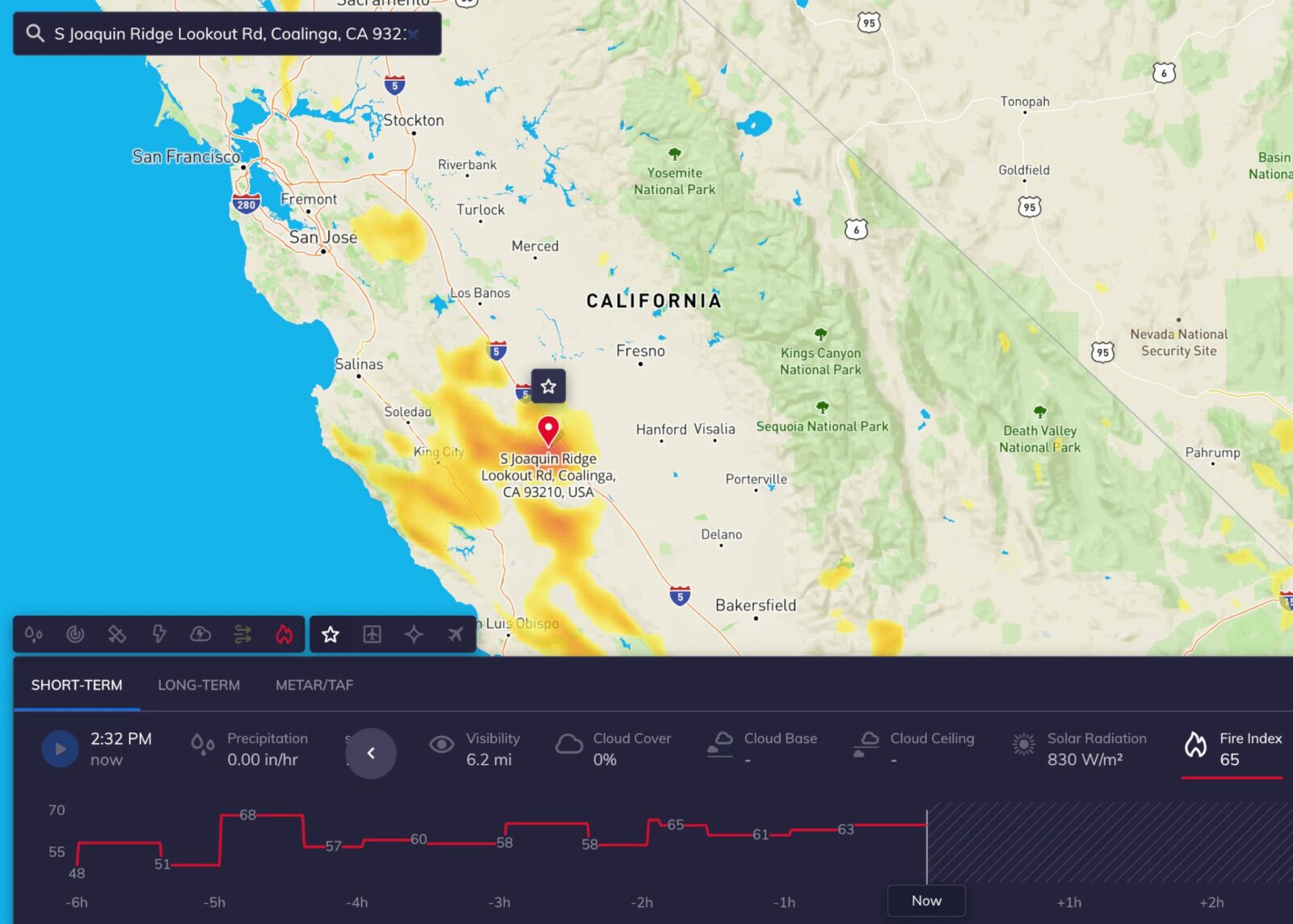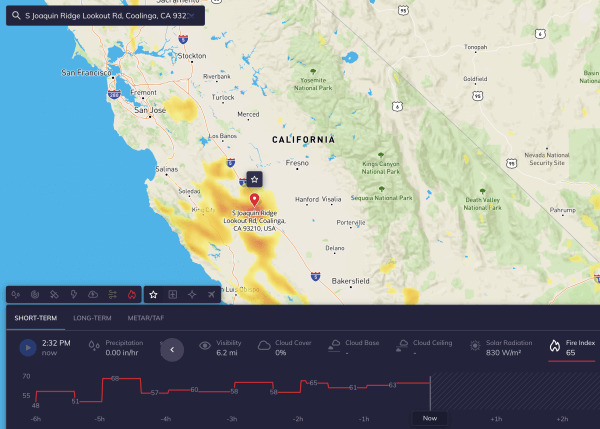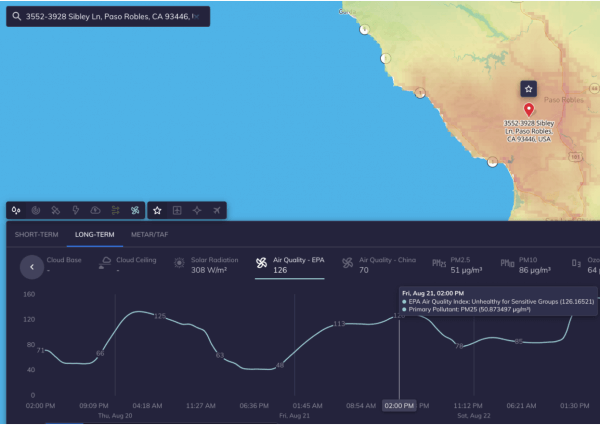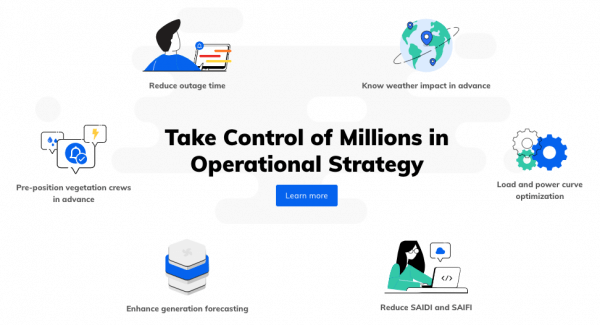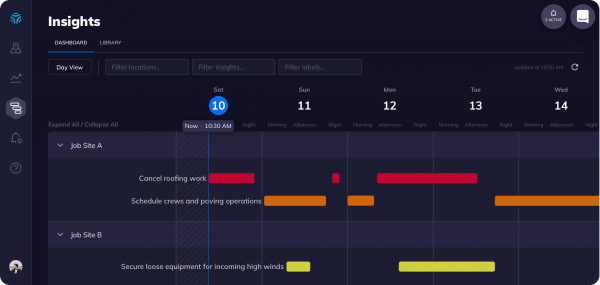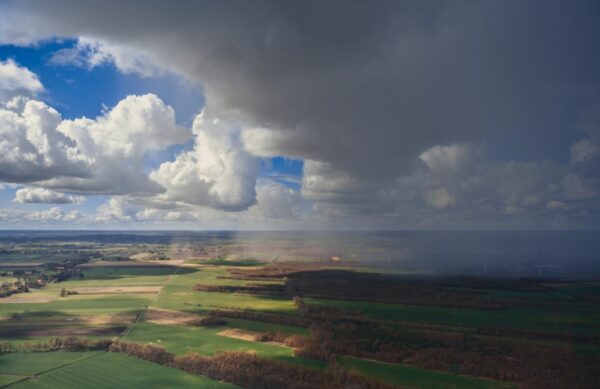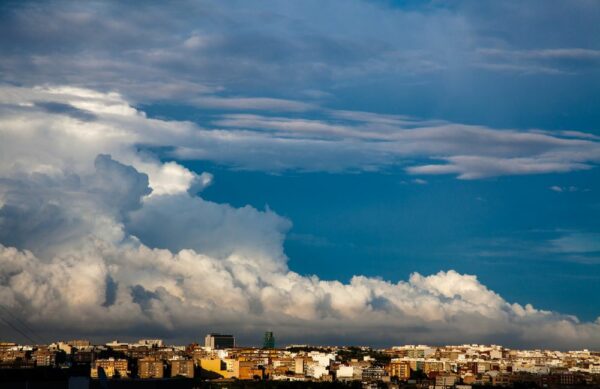With an intense heatwave breaking records in California, it’s unfortunately no surprise that wildfires are now breaking out in hot, dry areas across the state.
The National Weather Service issued a fire weather watch for large swathes of Northern California, Nevada, Oregon, Colorado, and more.
This warning brings back bad memories of the destructive 2018 California wildfires, which burnt a total of 1.9 million acres of land and caused more than $3.5 billion in damages, according to the California Department of Forestry and Fire Protection.
And this year’s season is shaping up to be potentially dangerous as well. We’re already seeing unusual weather patterns — including a fire tornado and dry thunderstorms.
But what should you prepare for as a business owner? How will the heat and potential for wildfires change how you operate your business? Here’s how you can prepare for wildfire season.
What is the fire index risk?
Weather directly impacts and influences the risk of wildfires. When the weather is hot, dry, and windy, the risks of fires significantly rise. That’s why the fire risk index is so powerful, and can show you exactly where and when there is the greatest risk of potential wildfires.
There are also increased risks from other weather events. For example, there was a wave of dry thunderstorms — thunderstorms that produce little or no precipitation at the surface. When they occur over particularly dry vegetation, the ground lightning from these storms can easily start a wildfire.
A number of dry thunderstorms sparked more wildfires in California, Oregon, and Washington in the past few days alone. So what should you do about these wildfire risks?
Wildfire safety protocol includes a number of recommendations to keep your home and business as safe as possible from the fires, including:
- Find an outdoor water source with a hose that can reach any area of your property.
- Create a fire-resistant zone that is free of leaves, debris, or flammable materials for at least 30 feet from your property.
- Review insurance coverage to make sure it is enough to replace your property.
Business impact: Take precautions and follow safety guidelines to minimize fire risks for your business locations.
The impact of wildfires on air quality
While wildfires alone can cause incredible damage, this isn’t the only risk of wildfires. The smoke and ash from a wildfire can directly impact air quality for anyone living nearby — even if they’re out of the range of risk for wildfires themselves.
Parts of California, especially from the Central Valley and along the coast down toward the LA Basin, will likely see poor air quality this week from lofted smoke as it blows into the area.
What is the risk of poor air quality? An estimated 4.2 million premature deaths globally are linked to ambient air pollution, including heart disease, stroke, chronic obstructive pulmonary disease, lung cancer, and more. And those health risks are directly linked to healthcare and healthcare spending. One study found that air pollution cost health care purchasers $193 million for hospital care in California alone.
As we look at the business impact of these fires and air quality, a number of industries are being impacted right now such as outdoor facilities, on-demand and delivery, sports and outdoors, landscaping, and more. We’ll highlight a few examples more in-depth below:
Utilities and DSO: With outage and vegetation crews out in the field, having an understanding of expected air quality and pollution levels at a hyperlocal level (down to the street) is crucial. First of all, being able to preposition crews based on where the most at risk areas will be ensures optimal team efficiency and the most effective strategy to reduce outage time. Second, as winds shift, having access to alerts in real-time notifying teams of any upcoming changes in things like air quality or an increase in fire risk can provide a safer working environment for crews. Additionally, outage time for customers and residents across California impacts customer safety and well being, and comes with significant costs as well. Using a predictive impact Weather Intelligence Platform like Tomorrow.io during extreme events can make all the difference, just as IndiGrid energy did during the worst cyclone to hit India a few months ago.
Healthcare is also going to be dealing with an influx of respiratory issues, as the air can cause coughing, trigger asthma symptoms, and cause longer terms issues if people aren’t careful, especially the more at risk populations. Having alerts sent out in real-time and giving people access is the best way for people to monitor and know when it’s safe for them to go outside, open the windows again, and resume normal activity. Emergency workers will also need to be in the know about what they’re being exposed to in order to take the proper precautions.
Construction: With record temperatures and wildfires burning, construction crews need to know when/how to schedule jobs, how to best avoid any further delays and damage to existing jobs, and make sure their workers are safe from hazardous conditions. That’s why having access to BOTH air quality and weather impact alerts can help them plan better. Knowing when they can work to plan shifts, when they should lay asphalt and not waste materials, and having validation as to which delays are due to unavoidable weather.
Business impact: Healthcare providers need to proactively warn at-risk patients of poor air quality to minimize health risks.
New weather phenomenon: fire tornado
While this week’s wildfires are not yet as damaging as the 2018 California wildfires, there is one thing that sets them apart. They have produced a completely new and terrifying weather phenomenon: the fire tornado.
A fire tornado in California because it wouldn’t be 2020 without one pic.twitter.com/5HbJVsugVm
— Natasha Del Riego (@ndelriego) August 16, 2020
While fire-induced tornadoes sometimes occur with large wildfires, this past weekend was very very likely the first and only time to date that a tornado warning has been issued by the NWS specifically for a “fire tornado.”
Fire whirls are circulations spawned by the intense heat, similar to dust devils, but they can connect to the fire-induced clouds, or pyrocumulus, and become tornadoes like this one did. The circulation (and four others) were intense enough to be observed on radar, which is extremely rare for fire whirls.
Prepare for the business impact of wildfires
Severe weather phenomena, growing wildfires, and poor air quality all illustrate how important it is to adapt to the weather and prepare for the unexpected.
